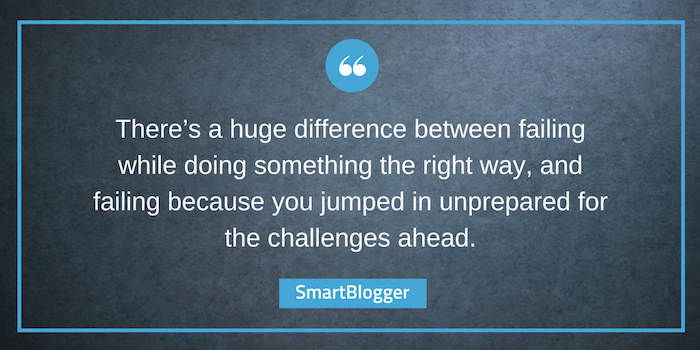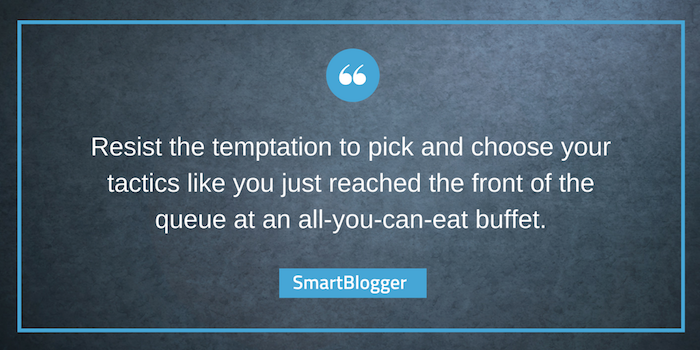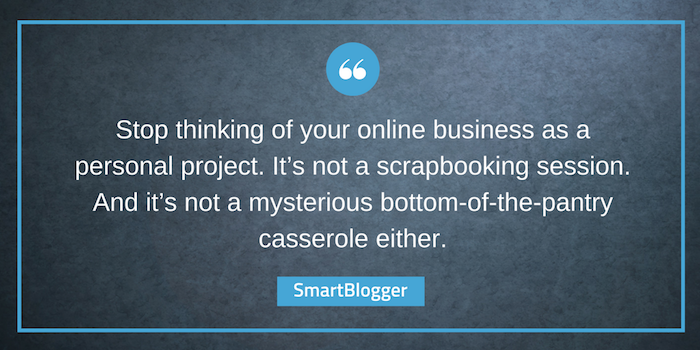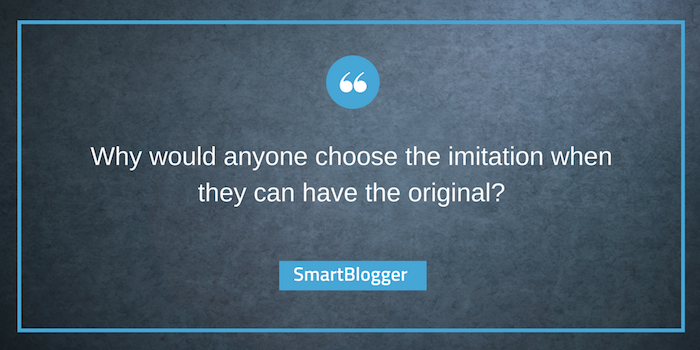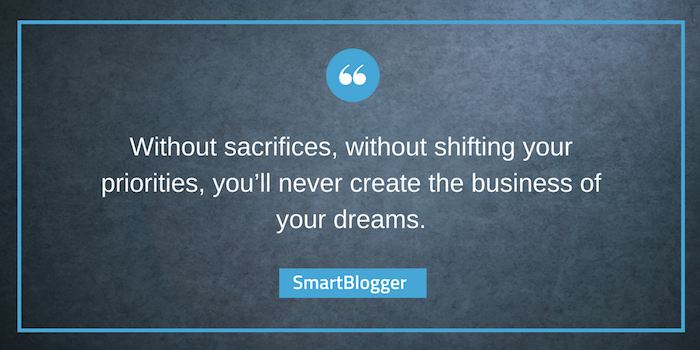The rumours and speculations have been put to bed. Apple at its special event to mark 10 years since the launch of the original iPhone, unveiled the iPhone 8 and the taller iPhone 8 Plus at the company's new Steve Jobs Theatre. The iPhone 8 and the iPhone 8 Plus will start selling at Apple Authorised Resellers from 29 September in India starting at a price of Rs 64,000.

The iPhone 8, as well as the iPhone 8 Plus, will be available for pre-order starting 15 September while shipping starts on 22 September in the US. Both devices also come in two storage variants and identical colour options. This year Apple has doubled the storage capacity with the base variant now being 64 GB and the other option being a 256 GB variant.
The exact break up of the prices is thus: iPhone 8 (64 GB) at Rs 64,000; iPhone 8 (256 GB) at Rs 77,000; iPhone 8 Plus (64 GB) at Rs 73,000 and the iPhone 8 Plus (256 GB) at Rs 86,000.
The design on the iPhone 8 and 8 Plus features a new glass back with what the company claims to be the most durable glass to be used on a smartphone. The glass back also enables wireless charging on the iPhone, for the very first time. Wireless charging works with the established Qi ecosystem, including two new wireless charging mats from accessory makers, Belkin and Mophie. Colour options, however, have been brought down from five to three. The iPhone 8 and 8 Plus will be available in gold, silver and space grey.

The display is where the iPhone 8 and the 8 Plus differ. The iPhone 8 packs in a 4.7-inch LCD Retina HD display while the iPhone 8 Plus comes with a larger 5.5-inch variant. The display hardware has not been changed much from its predecessor, the iPhone 7 and 7 Plus. Both phones support Apple's 3D Touch and also come with a fingerprint-resistant oleophobic coating. The other difference is the presence of the dual cameras on the iPhone 8 Plus, whereas the iPhone 8 comes with a single camera.
The Apple iPhone 8 and 8 Plus feature the company's new and the fastest A11 Bionic chip with 64-bit architecture. The A11 not only improves on performance in comparison to the A10 Fusion chip found on its predecessor but also houses a GPU which is 30 percent faster. The A11 Bionic chip also adds a neural sensor which helps in AR capabilities.
The camera on the iPhone 8 comprises a 12 MP f/1.8 lens, capable of up to five times digital zoom. The iPhone 8 Plus here takes the lead having a dual camera setup comprising of two 12 MP lenses, one a wide-angle lens with f/1.8 aperture and the other a telephoto lens with an aperture of f/2.8. The two cameras allow up to 10x digital zoom and 2x optical zoom. Both the phones continue to have a sapphire crystal lens cover to avoid scratching the camera surface.

The front-facing camera on both phones continues to have a 7 MP f/2.2 sensor with automatic image stabilisation and 1080p video recording.
The new features included by Apple on the iPhone 8 Plus is the Portrait Lighting capability which adds a number of studio lighting options to images shot using the portrait mode. The feature is still in beta mode but should soon make its way as a full-fledged feature soon.
Video shooting capability too receives a boost with 4K shooting capability now available with up to 60 frames-per-second and 1080p slow motion videos up to 240 fps. What gets better is that with iOS 11 being just around the corner, both the iPhone 8 and the iPhone 8 Plus will support HEIF and HEVC formats, allowing up to two times compression for better storage management.
iPhone 8 Plus. Apple
The exact break up of the prices is thus: iPhone 8 (64 GB) at Rs 64,000; iPhone 8 (256 GB) at Rs 77,000; iPhone 8 Plus (64 GB) at Rs 73,000 and the iPhone 8 Plus (256 GB) at Rs 86,000.
The design on the iPhone 8 and 8 Plus features a new glass back with what the company claims to be the most durable glass to be used on a smartphone. The glass back also enables wireless charging on the iPhone, for the very first time. Wireless charging works with the established Qi ecosystem, including two new wireless charging mats from accessory makers, Belkin and Mophie. Colour options, however, have been brought down from five to three. The iPhone 8 and 8 Plus will be available in gold, silver and space grey.
The iPhone 8 and iPhone 8 Plus come with a glass back which allow for Qi based wireless charging.
The Apple iPhone 8 and 8 Plus feature the company's new and the fastest A11 Bionic chip with 64-bit architecture. The A11 not only improves on performance in comparison to the A10 Fusion chip found on its predecessor but also houses a GPU which is 30 percent faster. The A11 Bionic chip also adds a neural sensor which helps in AR capabilities.
The camera on the iPhone 8 comprises a 12 MP f/1.8 lens, capable of up to five times digital zoom. The iPhone 8 Plus here takes the lead having a dual camera setup comprising of two 12 MP lenses, one a wide-angle lens with f/1.8 aperture and the other a telephoto lens with an aperture of f/2.8. The two cameras allow up to 10x digital zoom and 2x optical zoom. Both the phones continue to have a sapphire crystal lens cover to avoid scratching the camera surface.
The iPhone 8 and 8 Plus will sell in India starting 29 September.
The front-facing camera on both phones continues to have a 7 MP f/2.2 sensor with automatic image stabilisation and 1080p video recording.
The new features included by Apple on the iPhone 8 Plus is the Portrait Lighting capability which adds a number of studio lighting options to images shot using the portrait mode. The feature is still in beta mode but should soon make its way as a full-fledged feature soon.
Video shooting capability too receives a boost with 4K shooting capability now available with up to 60 frames-per-second and 1080p slow motion videos up to 240 fps. What gets better is that with iOS 11 being just around the corner, both the iPhone 8 and the iPhone 8 Plus will support HEIF and HEVC formats, allowing up to two times compression for better storage management.
Touch ID integration remains the same with the home button also integrating Apple Pay. Both iPhone's also come with IP67 dust and water resistance.
5f92d8d410b3a2cea32982658e201efc5f47bfe297a93a8ebb
5f92d8d410b3a2cea32982658e201efc5f47bfe297a93a8ebb

 Want a proven method for crafting content that sticks in your readers’ heads? Surprise them. (
Want a proven method for crafting content that sticks in your readers’ heads? Surprise them. (




